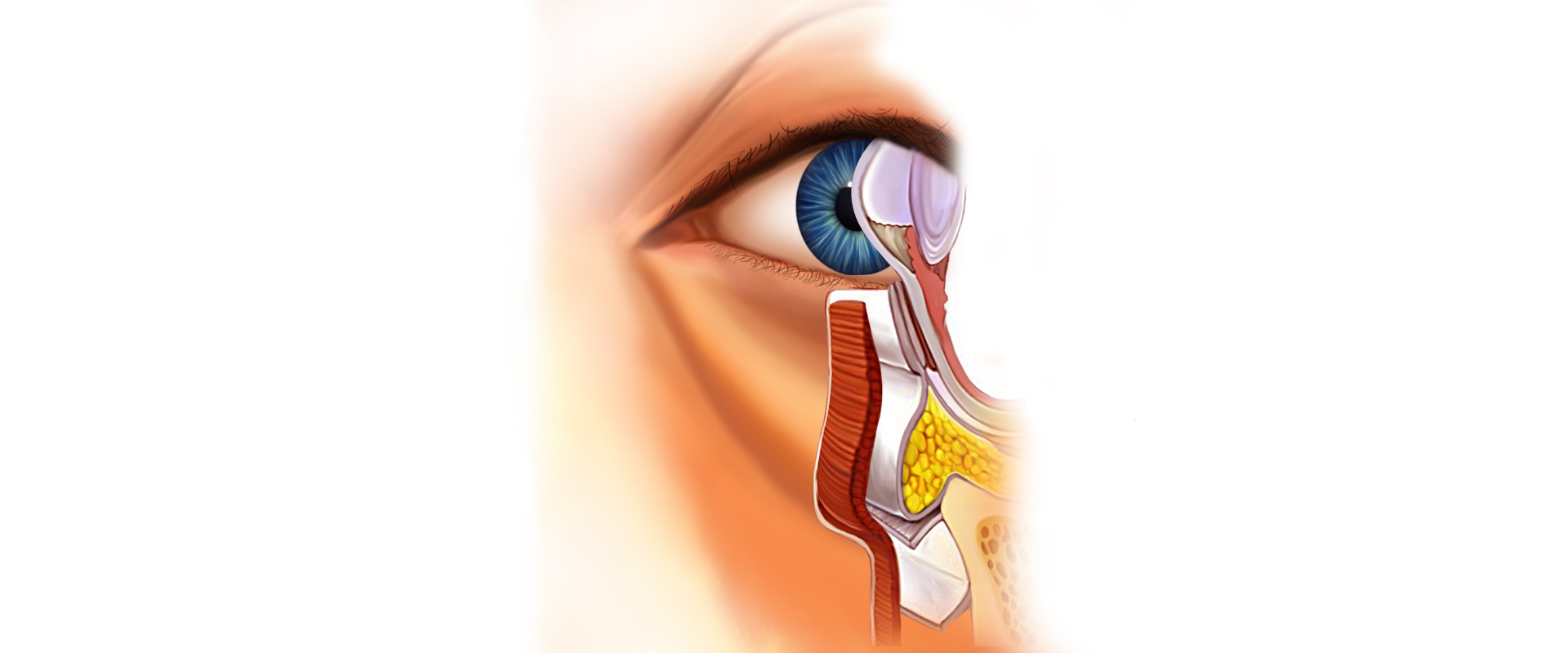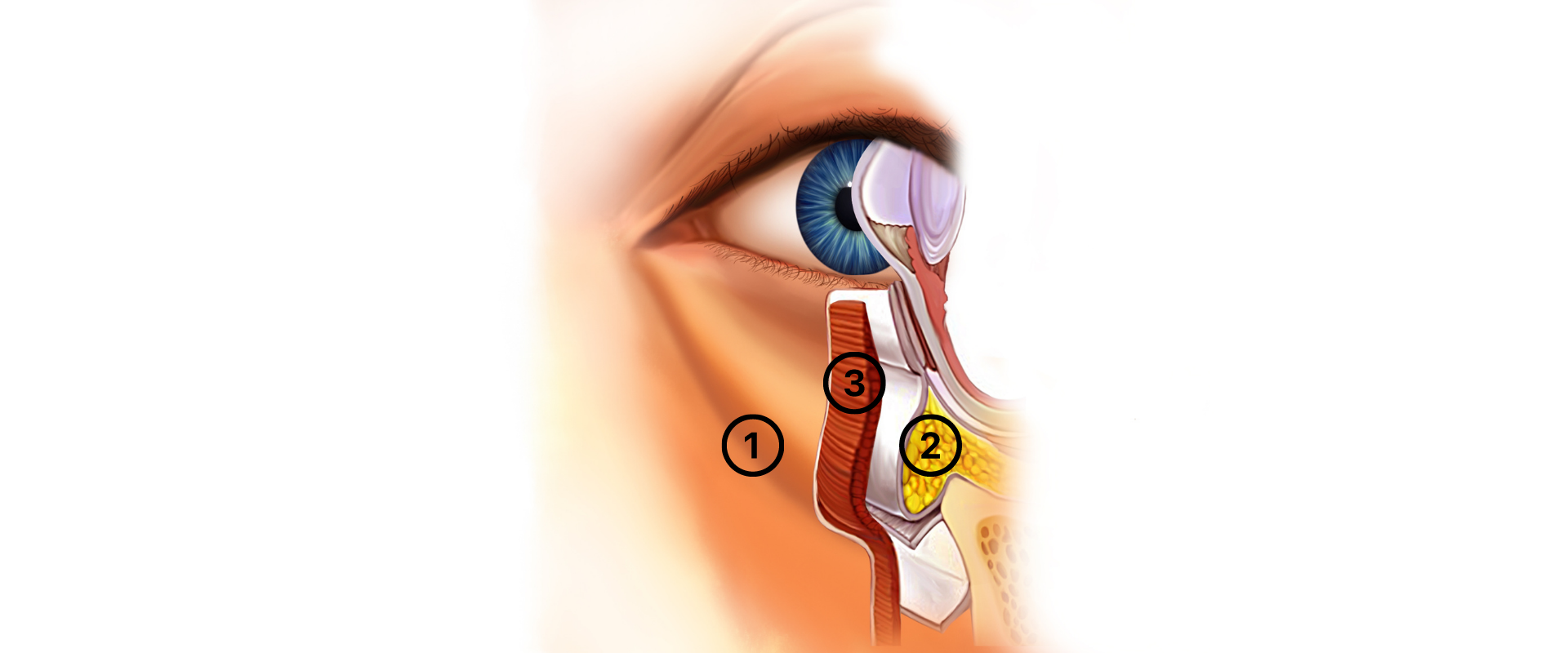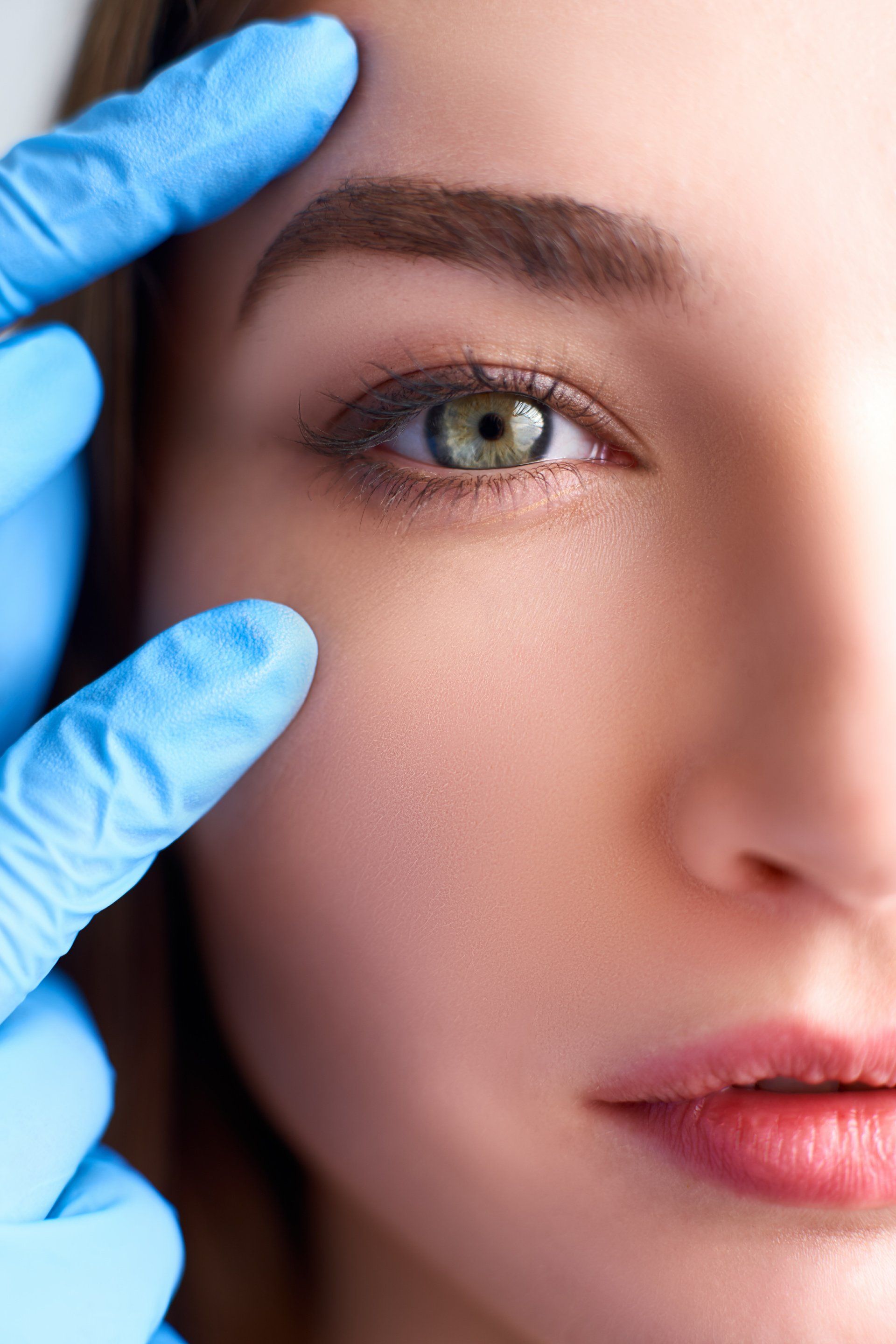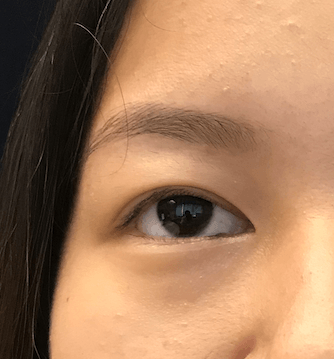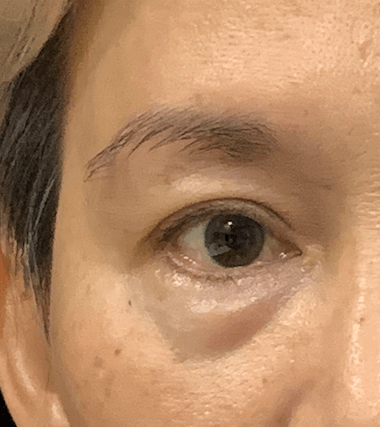BOOK A CONSULT TODAY
+65 67788-648
ROYAL SQUARE MEDICAL CENTRE
101, IRRAWADDY ROAD #14-09
AZATACA PLASTIC SURGERY CENTRE (ORCHARD)
MOUNT ELIZABETH HOSPITAL
3, MOUNT ELIZABETH ROAD #15-11
Follow us
What can eye bag surgery do for me ? New concepts for eyebag surgery creates natural and fuller eyelids that blend with overall face shape, avoiding the long-term "hollowed" appearance
01
02
03
- 01
Pre-operative assessment determines the surgery that you need
- 02
Scarless Eyebag Surgery
Release of the tear trough ligament and recontouring of the lower eyebag fat
The advantage of the scarless eyebag technique is that the incision is hidden without external scars.
The recovery is faster and patients can be back to work in 5-7 days.
Skin is not removed and the risks of complications is also lower.
- 03
Incision Eyebag Surgery
Employing new understanding of anatomy to ensure more natural and consistent results
The incision eyebag surgery is done with the incision placed in one of the existing lower eyelid creases.
The skin and muscle is removed very sparingly to minimise complications.
The skin and muscle is re-suspended to create a lift of the mid-cheek.
The incision technique allows a more versatile contouring of the lower eyelid.
Hospitalisation
Day Surgery
Anaesthesia
Local Anaesthesia or
IV Sedation
Operation Time
60-90 minutes
Removal of Sutures
5 Days
Downtime
Resume normal routine after 5 days
(Swelling may last 14-21 days)
Follow-Up
Day 5 and Day 21
(No Extra Fees)
